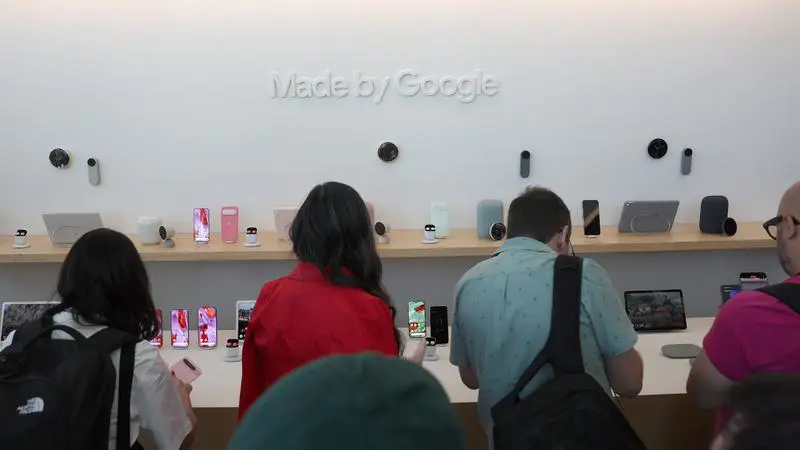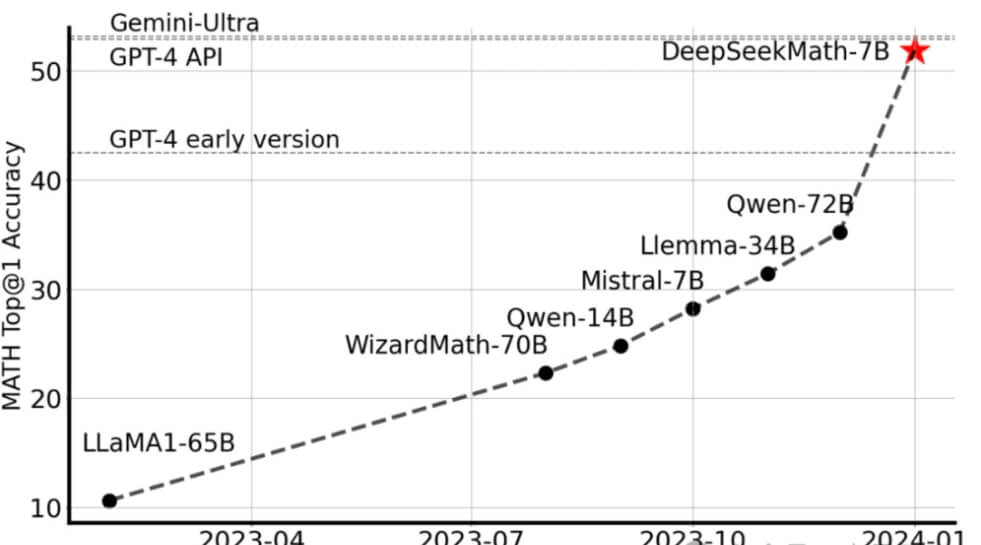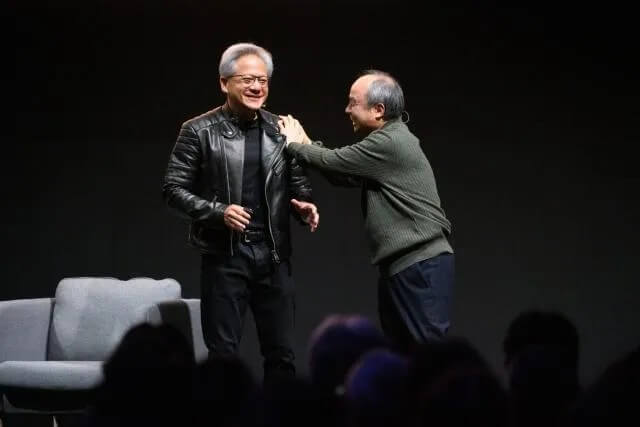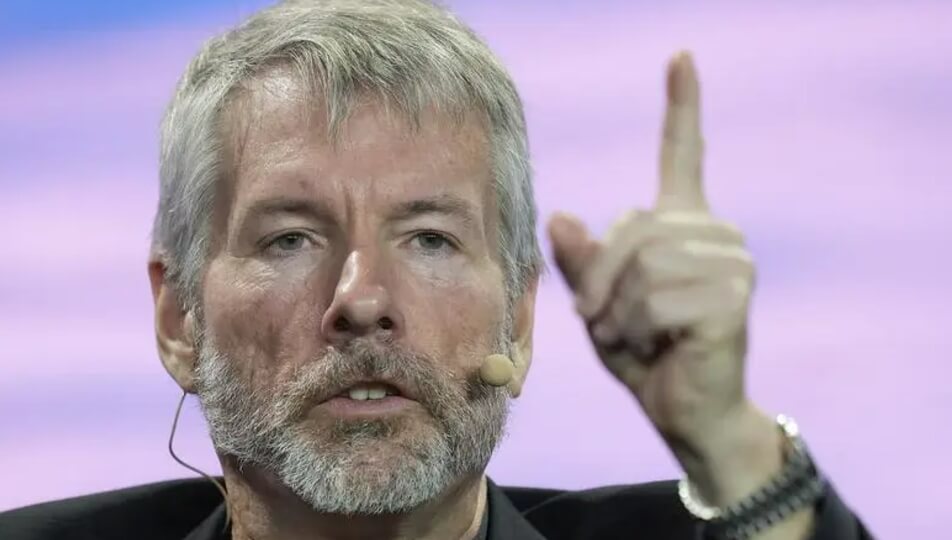Grammarly’s acquisition of Coda marks a significant move in the collaboration software space. This merger combines Grammarly’s extensive reach and AI capabilities with Coda’s product depth, potentially creating a formidable competitor to Notion. Explore the implications for productivity tools, AI integration, and enterprise markets.
Yesterday saw a fascinating transaction—Grammarly, valued at $13 billion, acquired Coda, valued at $1.4 billion. This acquisition seems to suggest that both companies are addressing their weaknesses while potentially creating a formidable competitor to Notion.

From Coda's perspective, it has struggled to compete with Notion. A founder noted:
In the broader B2B market, Coda is no match for Notion. Additionally, it lacks the strength to compete with Jira/Atlassian in larger engineering/product teams and workflows. While Coda’s product is excellent, its ideal customer profile (ICP) is relatively narrow—teams of 20-100 in product/engineering.
AI's impact could become a potential risk. Over the next 5-10 years, if average engineering team productivity increases fivefold, the overall demand for engineers, designers, and product managers may significantly decrease. This raises questions about the need for collaboration tools (a challenge Figma also faces, as its value in collaboration may diminish when many tasks can be generated directly by AI).
The first challenge makes growth difficult, while the second complicates fundraising from investors. Merging with another tool in the B2B suite could offer more leverage in capturing client budgets (e.g., offering Grammarly and Coda under a single subscription). However, re-educating the market and convincingly demonstrating synergy will be a tough battle.
For Grammarly, this acquisition addresses its product-level limitations. As one founder put it, both companies needed each other: Grammarly has often been constrained by other document systems, and Coda has never achieved the same breakthrough success as Notion or Airtable.
Valuation and Reach
Grammarly’s last round valued it at $13 billion, while Coda was valued at $1.4 billion. Post-merger, the combined valuation likely exceeds $13 billion, surpassing Notion's $10.3 billion valuation.
In terms of user base, Notion announced 100 million users in July, with an estimated 30 million monthly active users. Grammarly boasts 40 million daily active users and strong channel coverage, integrating with over 500,000 apps and websites to provide seamless assistance wherever users work.
Revenue Comparison
Notion’s ARR is estimated at around $576 million, based on approximately 4 million paying users at $12 per month per user. However, some reports suggest its actual ARR is slightly over $300 million.
Grammarly’s ARR was previously estimated at $275 million, but recent feedback from investors indicates it had already reached $800 million last year, suggesting its earning potential might be underestimated.
Product Synergies
Grammarly’s product has historically been limited in scope, making deeper extensions challenging. For example, its grammar-checking capabilities overlap with AI features recently introduced by Notion. However, Grammarly’s extensive channel coverage makes it difficult for other AI products to replace it.
With the addition of Coda, Grammarly now gains some of the core capabilities Notion possesses, making its product offering more robust. More importantly, this allows Grammarly to deepen its reach into enterprise markets.
According to Grammarly's blog, Coda Brain will empower enterprise AI solutions by leveraging company knowledge and data, enabling context-aware insights wherever users work. Meanwhile, Coda Docs will provide a new platform for ideation and innovation.
Although Notion dominates the enterprise space, covering 62% of Fortune 500 companies and 90% of Forbes Cloud 100 tech firms, Grammarly’s enterprise penetration is similarly impressive. As of February, 96% of Fortune 500 companies had teams using Grammarly, with over 70,000 teams across organizations like Atlassian, Zoom, Databricks, and Siemens actively using its products.
Leadership and Vision
Following the acquisition, Coda’s CEO will become Grammarly’s new CEO, while Grammarly’s CEO will assume an advisory role. This leadership transition underscores Coda’s strategic importance to Grammarly’s future.
Coda CEO Shishir Mehrotra highlighted their shared vision: AI will redefine every business application and workflow, reshaping productivity into a collaboration between humans and AI.
Short-term goals include:
Making Grammarly smarter and more helpful by integrating Coda Brain’s contextual insights. Imagine an assistant that connects with systems like email, documents, CRM, and project trackers to provide permissions-aware suggestions.
Unifying Coda documents and Grammarly’s assistant to create a flexible workspace. Grammarly will seamlessly integrate into Coda, while maintaining its value across other platforms.
Long-term, they aim to blend the best of Coda and Grammarly: combining company knowledge, generative AI chat functionality, a comprehensive productivity suite, and hundreds of agents to enable smarter work, thereby redefining productivity for the AI era.
Competitive Landscape
Examining Notion’s products and roadmap reveals similarities in strategy. This merger could create a strong competitor for Notion, though educating the market and demonstrating synergy will remain challenging.
One investor's perspective stands out: Grammarly represents how AI should work—present wherever needed—while Shishir Mehrotra exemplifies how a CEO should lead—constantly building better systems to enhance team productivity.
Now, Grammarly has a capable CEO, a broad-coverage tool, and a deeply extensible product in Coda. Together, they might spark new innovations.







